The Visual Analytics Market is currently characterized by a dynamic competitive landscape, driven by the increasing demand for data-driven decision-making across various sectors. Key players such as Tableau (US), Microsoft (US), and Qlik (US) are at the forefront, leveraging their technological prowess to enhance user experience and operational efficiency. Tableau (US) focuses on continuous innovation, particularly in user interface enhancements and integration capabilities, which positions it favorably against competitors. Meanwhile, Microsoft (US) emphasizes its cloud-based solutions, integrating visual analytics into its broader suite of business applications, thereby enhancing its market penetration. Qlik (US) adopts a strategy centered on data literacy, empowering users to derive insights independently, which further solidifies its competitive edge in the market.
The business tactics employed by these companies reflect a concerted effort to optimize their operational frameworks. For instance, localizing services and enhancing supply chain efficiencies are pivotal in meeting regional demands. The Visual Analytics Market appears moderately fragmented, with a blend of established players and emerging startups. This fragmentation allows for diverse offerings, yet the collective influence of major players like IBM (US) and Oracle (US) ensures a competitive environment where innovation and strategic partnerships are crucial for market share.
In August 2025, Tableau (US) announced a strategic partnership with a leading cloud service provider to enhance its data visualization capabilities. This collaboration is expected to streamline data integration processes, allowing users to access real-time analytics more efficiently. The significance of this move lies in its potential to attract a broader customer base, particularly among enterprises seeking robust cloud solutions.
In September 2025, Microsoft (US) unveiled a new feature within its Power BI platform that utilizes advanced AI algorithms to automate data insights generation. This development not only enhances user experience but also positions Microsoft as a leader in AI-driven analytics. The strategic importance of this innovation is underscored by the growing demand for automated solutions in data analytics, which could significantly increase user engagement and retention.
In July 2025, Qlik (US) launched a new initiative aimed at promoting data literacy in educational institutions. By providing free access to its analytics tools for schools, Qlik (US) is fostering a new generation of data-savvy individuals. This initiative is strategically important as it not only builds brand loyalty among future professionals but also positions Qlik as a thought leader in the data analytics space.
As of October 2025, the competitive trends in the Visual Analytics Market are increasingly defined by digital transformation, sustainability initiatives, and the integration of artificial intelligence. Strategic alliances are becoming more prevalent, as companies recognize the need to collaborate to enhance their technological capabilities. Looking ahead, it is likely that competitive differentiation will evolve from traditional price-based strategies to a focus on innovation, technological advancements, and the reliability of supply chains. This shift suggests that companies that prioritize these aspects will be better positioned to thrive in an increasingly competitive landscape.
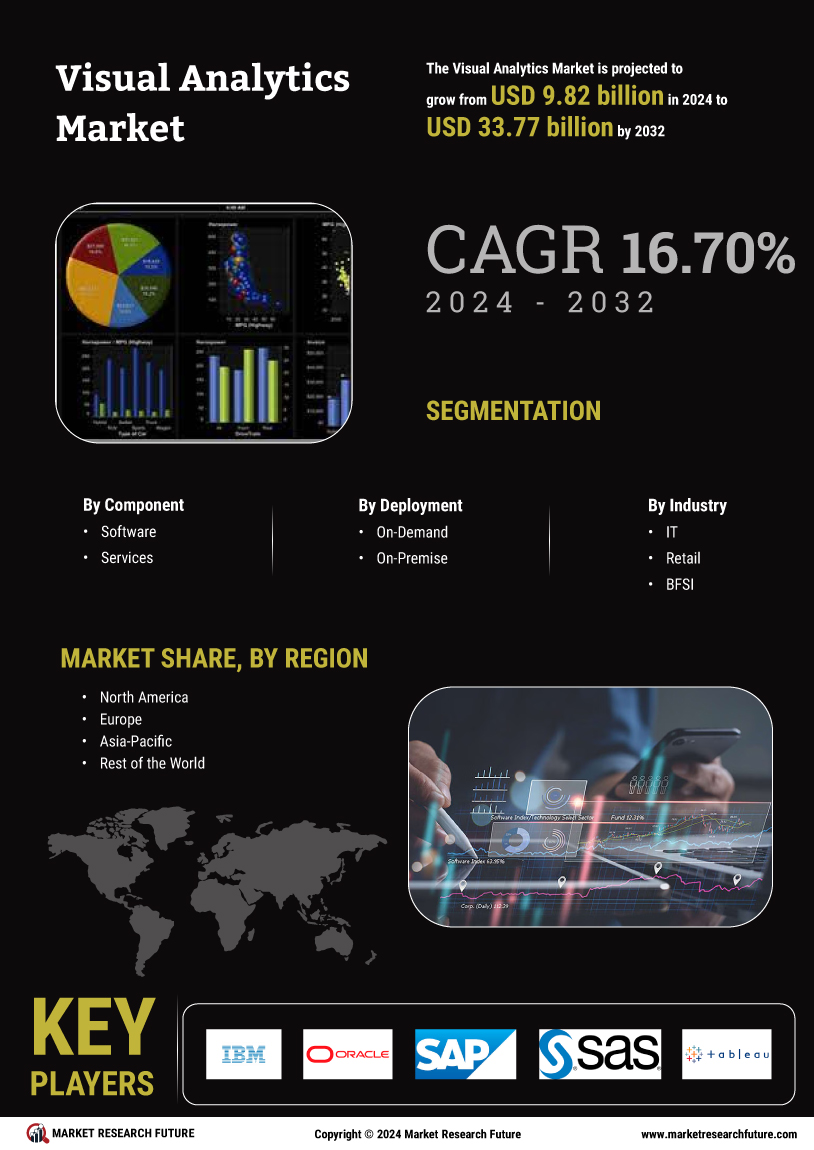

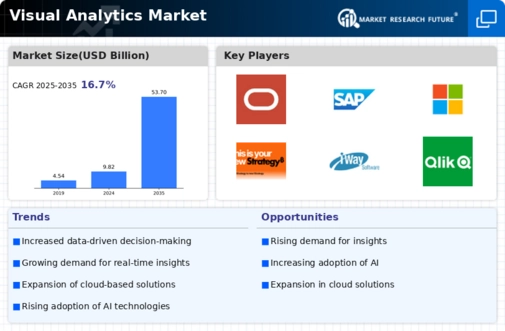



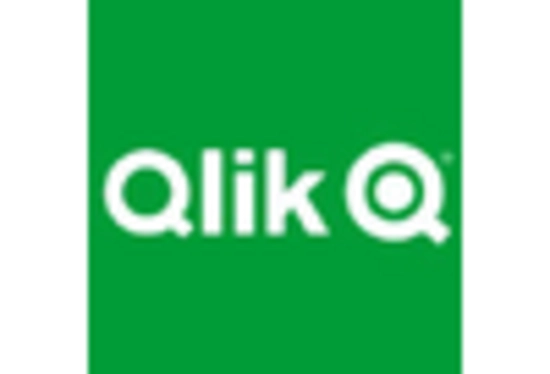
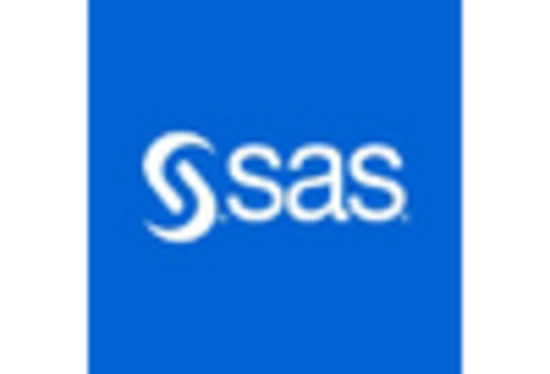
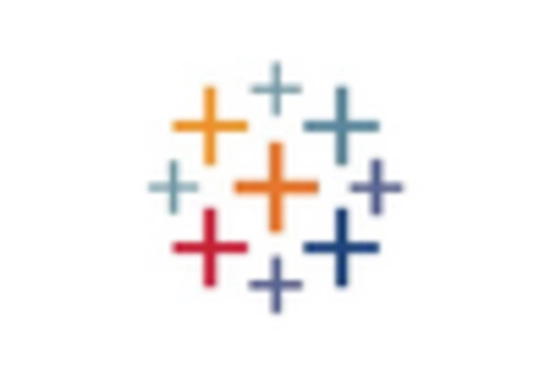








Leave a Comment